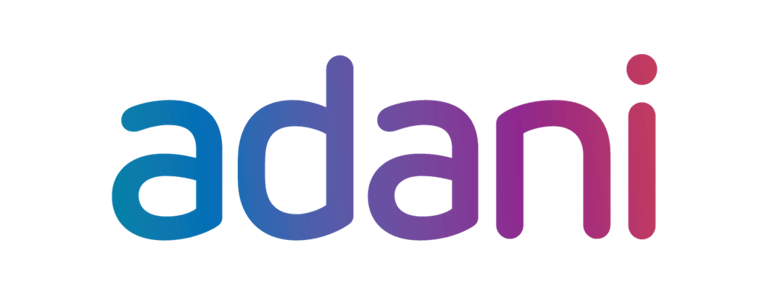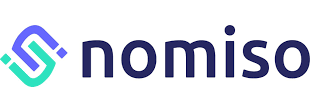
QAIN — Where Quality Meets Innovation
Delivering excellence in software testing and development.
Software & AI Engineering
Build next-generation applications and intelligent data solutions.
Guarantee performance and security with deep functional and automation expertise.
QA & Reliability Engineering
Specialised Talent Solutions
Access elite talent with flexible Staff Augmentation and C2H models.
About QAIN
QAIN — Quality. Innovation. Delivered.
We help growing tech teams build, test, and scale software with confidence, providing expert QA, development, and flexible staffing solutions.


6+
10+
Happy Clients
Years Of Experience
98%
Client Satisfaction
Services
Expert services to help your software and teams perform at their best.


Generative AI & Data Intelligence
Harness the power of data with our expertise in AI models, machine learning, and specialized Data Science staffing.
QA & Reliability Engineering
Leverage our testing heritage to guarantee your software's performance, security, and flawless user experience.
Specialized Staffing & Technical Recruitment Services
Access elite engineering talent instantly with flexible Staff Augmentation and our risk-reducing Contract-to-Hire model.
Software Development & Cloud Engineering
We build robust, scalable web, mobile, and cloud-native applications that drive business growth and efficiency.
Their service exceeded our expectations every time!
John D.
Sarah K.
★★★★★
Our Clients & Partners




















We are impressed with the Automation & Release solutions provided by QAIN-Finity. It has helped us to reduce our testing and release cycles and deliver outstanding results.
Vinod Guneja
While setting up a fresh release team at MPL, it was challenging to find engineers who are reliable, honest, intelligent, and hardworking. QAIN-Finity provided the right candidates, and today, 70% of my team is from QAIN-Finity.
Pankaj Bhatt

★★★★★
★★★★★
What Our Clients Say About Us
★★★★★
Working with QAinfinity has been a game-changer for our team. Their QA experts seamlessly integrated with our projects, improving product quality and delivery speed. The staff augmentation model allowed us to scale our team efficiently without compromising on expertise. Highly recommended for companies looking for reliable QA and development support.

Nishank Agarwal
★★★★★
QAinfinity delivered exceptional managed testing and automation services for our projects. Their team handled everything from planning to execution, ensuring high-quality releases on time. Their automation solutions significantly reduced manual effort and improved our testing coverage. A trusted partner for companies seeking comprehensive QA services

Mukul Bhaisora
Engineering Manager- MPL
Co-Founder - Creatiosoft
Founder & Director - QualityLabs
Director Of Engineering- Angara E-commerce
Contact Us
Get in touch for inquiries.


